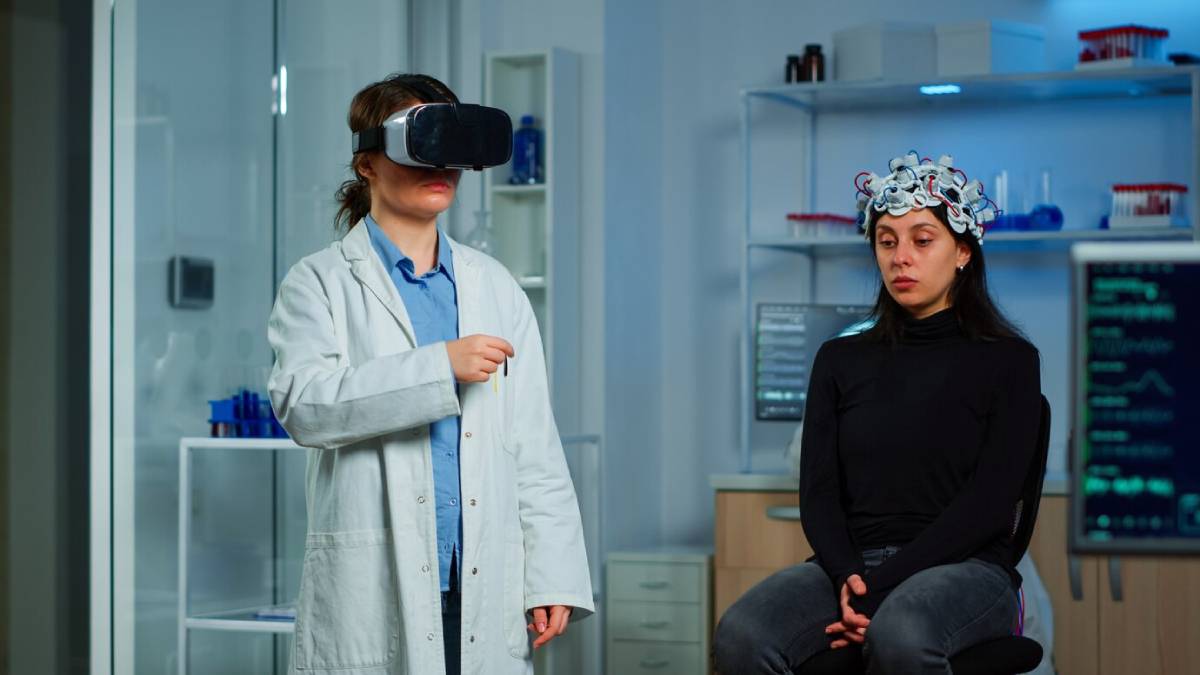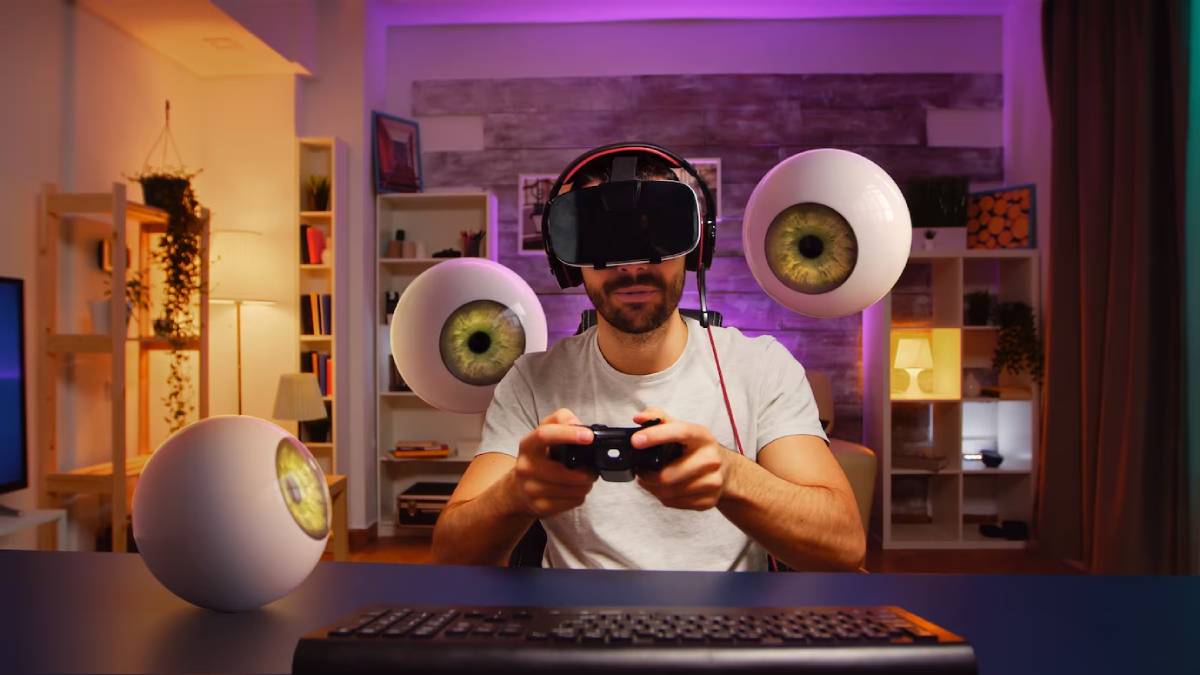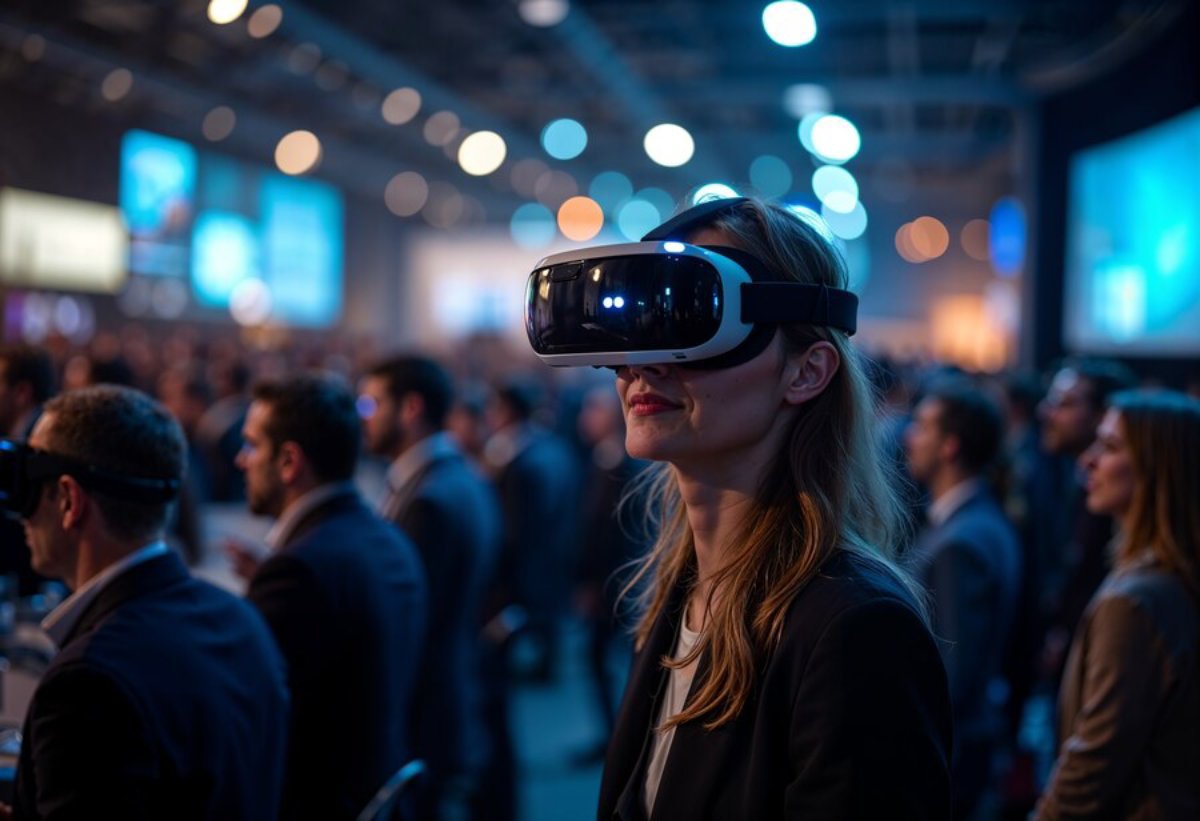
How VR is Changing Physical Therapy and Rehabilitation
In recent years, virtual Reality (VR) has transitioned into a game-changer in healthcare beyond just gaming and entertainment. Its application in physical therapy and rehabilitation is especially promising. As the demand for effective, patient-centered care increases, the Giants Making Movements: Virtual Reality is gaining steam. This blog explores VR applications in physical therapy and their benefits and future in healthcare.
VR is more than just tech evolution in healthcare — it’s a revolution. It can customise realistic environments to individual needs, altering the patient experience and treatment outcomes. However, some people still have misconceptions about its effectiveness and availability. This blog will dispel these myths and demonstrate how impactful VR can be in physical therapy and rehabilitation.
Key Benefits / Why It Matters
Enhanced Patient Engagement
VR physical therapy boosts patient engagement. Traditional exercises can feel dull, which can lower motivation. VR changes this by turning exercises into fun, immersive experiences. Patients are more likely to stick to their rehab programs when therapy is interactive and enjoyable.
Gamified elements like scores, levels, and virtual adventures create a sense of achievement, keeping users motivated. For kids and younger patients, VR makes therapy feel like play, which can lead to higher participation rates.
Personalised Treatment Plans
VR healthcare applications allow for highly personalised treatment plans. Therapists can customise exercises using motion sensors and tracking devices to fit each patient’s needs and abilities. They also recommend VR fitness games to enhance your physical fitness. This personal touch ensures patients get the right intensity and type of exercise, which is vital for effective rehab.
Additionally, data analytics help therapists adjust programs in real time. Whether a patient is recovering from a stroke or surgery, VR can adapt to their progress, modifying tasks to match their abilities without risking overexertion or injury.
Real-Time Feedback and Progress Tracking
Another key benefit of VR in physical therapy is real-time feedback. Patients can see their movements and get immediate feedback, allowing them to correct their techniques and enhance their performance. This instant feedback loop is valuable for patients and therapists, enabling precise adjustments to treatment plans.
Detailed analytics and visual reports help therapists track a patient’s performance over time, identify patterns, and make informed decisions. This transparency strengthens communication between patients and providers, promoting a team approach to recovery.

Safe and Controlled Environment
VR offers a safe space for rehabilitation, especially for patients with mobility issues or those recovering from surgery. In a virtual setting, patients can practice movements without the risk of falling or injury. This safety is crucial for building confidence and encouraging patients to challenge themselves.
Simulated scenarios can mimic real-life tasks, like climbing stairs or walking on uneven surfaces. This practice helps improve balance, strength, and coordination without putting patients at risk.
Cost-Effective and Accessible
Though the initial investment in VR may seem high, it can save money over time. VR can lower overall treatment costs by reducing the number of in-person therapy sessions and enabling remote rehab. Plus, VR applications can be used at home, making rehab more accessible for those who struggle to travel to therapy centres.
In rural or underserved areas, VR can connect patients with specialists, ensuring they receive quality care. With fewer equipment needs becoming more common, home-based rehabilitation is increasingly practical.
Additional Expert Tips & Common Mistakes to Avoid
Best Practices for Implementing VR in Physical Therapy
To get the most from VR physical therapy, healthcare providers should follow these best practices:
- Integrate with Traditional Methods: VR should enhance, not replace, traditional treatment. A combined approach can offer the best results, blending VR benefits with therapists’ hands-on expertise.
- Customise for Individual Needs: VR programs should be tailored to each patient’s needs and goals. This personalisation is crucial for achieving the best outcomes.
- Update Technology Regularly: As VR technology evolves, healthcare providers need to keep their systems current to provide engaging and effective experiences.
- Train Staff Thoroughly: Proper training helps therapists and patients use the equipment safely and effectively. Familiarity with software and hardware is key to smooth care.
- Monitor and Evaluate Outcomes: Regular evaluations ensure VR therapy meets desired goals. Patient feedback can refine the overall therapeutic approach.
Common Mistakes and Misconceptions
Despite its potential, common mistakes and misconceptions about VR in rehabilitation exist:
- Over-Reliance on Technology: VR is a powerful tool but shouldn’t be the only focus. A balanced approach that includes various therapy methods is essential.
- Assuming One-Size-Fits-All: Not all VR applications suit every patient. It’s essential to assess each patient’s needs and adapt programs accordingly.
- Neglecting the Human Element: The human touch remains vital in rehabilitation. Therapists should continue providing guidance and support, even in virtual settings.
- Ignoring Physical Limitations: Some patients may feel motion sickness or fatigue when using VR. It is important to monitor responses and adjust usage.

Advanced Insights / Expert Recommendations
The Future of VR in Rehabilitation
The future of VR in physical therapy looks bright, with ongoing research and development leading to more advanced applications. Here are some expert insights on what lies ahead:
- Integration with Artificial Intelligence (AI): Combining VR and AI could create even more personalised and adaptive rehab programs. AI can analyse patient data to provide tailored feedback and adjust exercises in real-time.
- Expansion into Mental Health: Beyond physical rehab, VR can also help with mental health, addressing issues like anxiety and depression. Immersive environments can offer therapeutic experiences that support mental well-being.
- Increased Accessibility: As VR technology becomes more affordable, more patients will benefit from virtual rehabilitation.
- Tele-Rehabilitation: The COVID-19 pandemic has sped up the use of telehealth, and VR can play a key role in remote rehab. Patients can receive quality care from home, cutting down on in-person visits.
- Multidisciplinary Collaboration: Successful VR rehab programs will involve collaboration among clinicians, software developers, researchers, and patients. This ensures a comprehensive, user-focused approach.
Embracing the Future of VR in Physical Therapy
Long-form VR transforms physical therapy and rehabilitation with all offerings, from increased patient engagement to tailored treatment protocols. Despite these challenges, VR’s potential in healthcare is evident. However, as technology evolves, so will VR, and it is likely to be a critical component of rehabilitation, which would change how patients recover.
Healthcare providers must leverage VR now. VR can complement and enhance therapeutic practice in innovative, effective, and patient-centred ways, which can help address the challenges of present-day healthcare. Patients are also encouraged to investigate VR alternatives in their sentences because it emphasises the importance of rehabilitation journeys in accessing the benefits of this groundbreaking technology.
Reference: VR has many future prospects in healthcare. By following updates and remaining open to innovation, both providers and patients can make the most of this transformational tool. How do you feel about VR for physical therapy? Is it the key to new heights in rehabilitation success? Join the conversation about this article.


